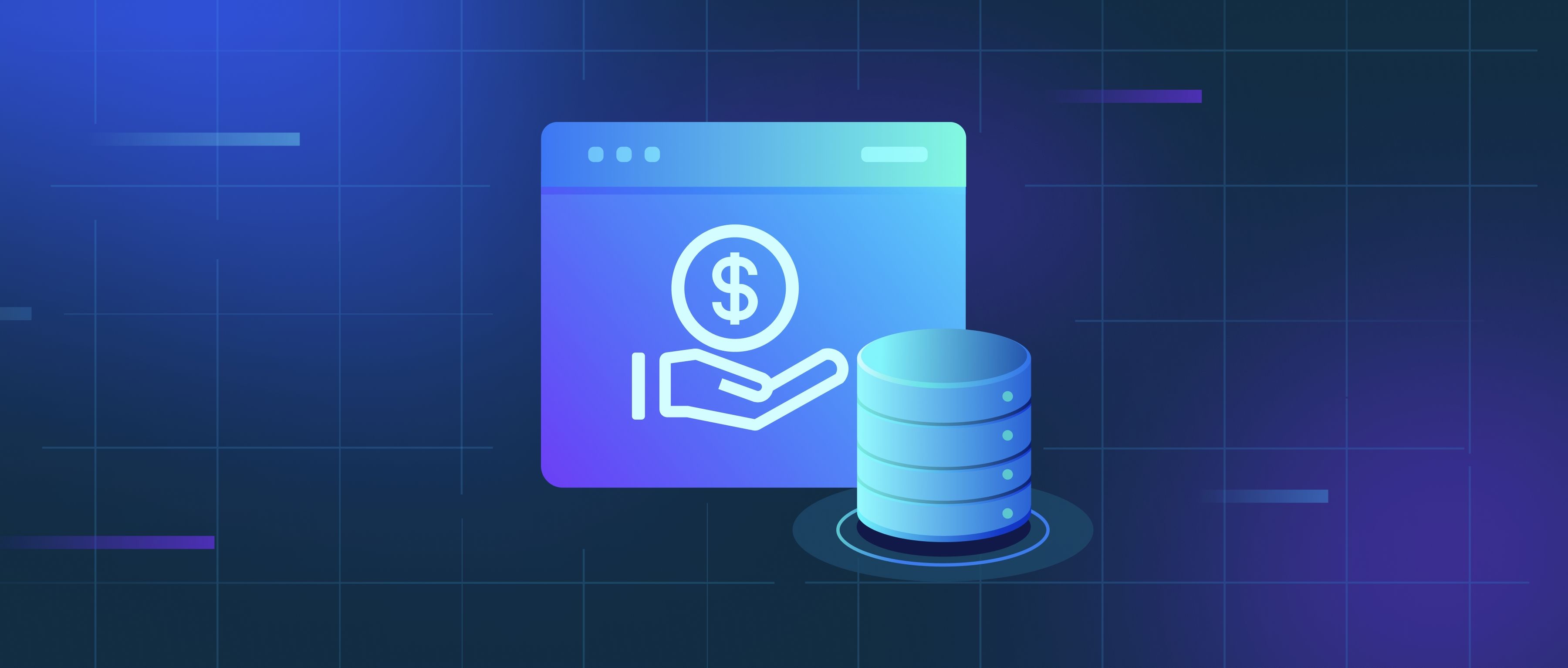The distinction between DeepResearch as an "AI agent" versus a "chatbot" lies in its capability to act autonomously, adapt to dynamic goals, and interact with external systems. A chatbot typically operates within a predefined conversational framework, responding to user inputs with scripted or statically generated replies. In contrast, an AI agent is designed to perform tasks independently, make context-aware decisions, and execute actions across multiple tools or platforms. For example, while a chatbot might answer a question about the weather, an AI agent could analyze a user’s schedule, check real-time weather data, and proactively suggest rescheduling an outdoor meeting—all without explicit step-by-step instructions. This shift from reactive responses to goal-driven behavior marks a fundamental difference in functionality.
AI agents like DeepResearch often incorporate features such as memory, tool integration, and iterative reasoning. For instance, an agent might break down a complex research task into subtasks: querying databases, summarizing findings, validating sources, and generating a report. Unlike a chatbot that might provide a list of search results, the agent synthesizes information, cross-references data, and adjusts its approach based on new inputs or errors. This requires architectures that support planning (e.g., using frameworks like ReAct or tree-of-thought prompting) and access to tools like code execution, API calls, or database queries. Developers benefit from this because it allows the agent to handle workflows that involve multiple steps and external dependencies, reducing manual intervention.
For technical teams, the "agent" label signals extensibility and integration potential. Developers can programmatically define custom tools or APIs for the agent to use, enabling tailored solutions for specific domains. For example, a research-focused agent could integrate with academic repositories, data visualization libraries, or citation managers. This contrasts with chatbots, which are often limited to text generation and lack built-in mechanisms for task automation. Additionally, agents may employ reinforcement learning or feedback loops to improve performance over time, adapting to user preferences or correcting errors. This makes them more suitable for applications requiring end-to-end problem-solving, such as automating data analysis pipelines or managing multi-stage customer support tickets. The shift from chatbot to agent reflects a move toward systems that act as collaborators, not just responders.
